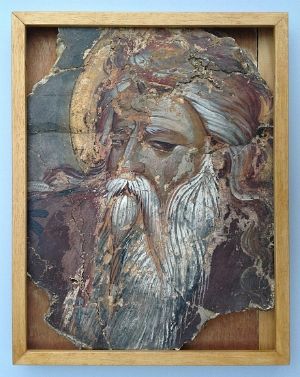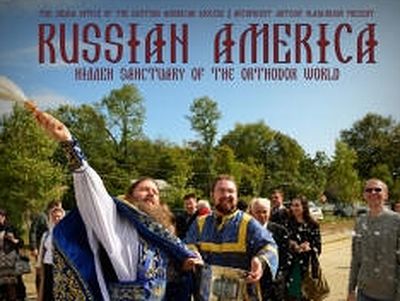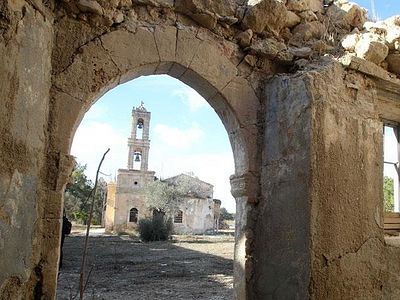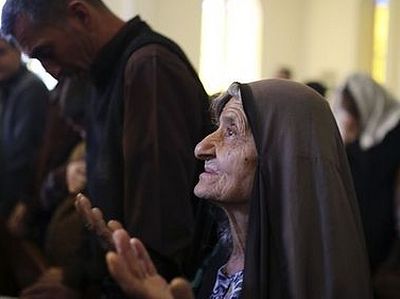Source: The Economist

Still, that can seem like an awkward point to raise in situations where many other unspeakable things are happening. When the Pakistani Taliban is massacring children, should we also worry about the fact that it has physically eliminated many traces of the Buddhist heritage of its home region? During the Balkan wars of the 1990s, some locals were exasperated by media coverage of the shelling of old Dubrovnik by Yugoslav forces. Bad as it was, didn't this cultural loss pale compared with the human suffering that was unfolding in the region? More recently, the built heritage of Mali and Syria has suffered terrible damage, but surely that is less significant than the killing and uprooting of human civilians?
In reality, the two kinds of atrocity can't be separated. That point was made vividly in London this week at a House of Lords event organised by Elizabeth Berridge, a lawyer and peeress who chairs the All Party Parliamentary Group on International Religious Freedom, and Walk of Truth (WOT) a Hague-based NGO which campaigns to protect spiritual and cultural treasures from crime and war. (Full disclosure: I gave some informal advice when WOT was set up in 2011.) Persecuting people and harming or grabbing the things they call holy are two misdeeds that have gone hand in hand throughout history. If anything the interconnection is getting closer.
Islamic State (IS), the ultra-zealous force which under various names has run amok in Iraq and Syria, makes no secret of its intent to wreck or appropriate places of worship, monuments and sites that belong to belief systems other than its own narrow reading of Islam. That contrasts with early Islamic history, in which there were some famous acts of self-restraint: Caliph Omar held back from offering Muslim prayers in the Church of the Holy Sepulchre, thus ensuring that it would remain a Christian place of worship. But no such spirit of self-limitation inhibits IS, for whom destroying the enemies' holy things serves a double purpose. On one hand, it consolidates the group’s monopoly on power, by demoralising rival groups, and ensuring that they flee forever. On the other, cultural vandalism has a more immediate aim, that of raising money to fund further violence.
IS and similar groups either trade in antiquities themselves or license others to do so. Amr al-Azm, a scholar at America's Shawnee State University, reported after visiting the area that IS was creaming off 20-50% of the proceeds of criminal looting. You can't always distinguish between cultural vandalism in the name of religious zeal, and the more opportunistic kind. The result is the same: objects and images which are holy to some people are wrenched from the places where they were created and offered to auction houses and galleries in prosperous Western cities.
Every war has its effect on the art market. In the late 1970s, after Cyprus was partitioned by force of arms and most Christians fled the island's northern third, criminals took drills and chainsaws to the some of the world's oldest and finest churches and hacked out mosaics, frescoes and icons for sale to collectors. The legal consequences of that cultural crime are still being pondered in European court-rooms.
But not all the news on that front is bad; holy objects can be stolen, and they can be recovered. On display at the House of Lords event were four delicate Cypriot frescoes, clearly cut away from medieval church walls; they had been traced by Walk of Truth to a Canadian collector who surrendered them voluntarily (one is pictured above). Two of the frescoes come from a church in northern Cyprus which is under the authority of the Orthodox Patriarchate of Jerusalem. Early next year they will be presented to the president of Cyprus, Nicos Anastasiades, and then the Patriarchate can decide what to do with them. This will be a happy moment. Stealing holy things can be a way of sapping a religious community’s morale; recovering them has the opposite effect.



